Op Ed: A Muslim Perspective On A Trip To Spain; Part 5
by Nida Imam
After our bus tour in Toledo and Segovia, we took the AVE train from Madrid to Córdoba. This would serve as the intermission of our trip. We had now finally reached the southern Spanish region of Andalusia. Andalusia was considered the heartland of Muslim rule from 711 to 1492.
The academic development was remarkable during the Muslim rule in this region. Numerous schools and libraries were built, and Córdoba was a beacon of education and culture. This city in Andalusia became the civilization capital of Spain and the West according to some writers.
In Córdoba, we absolutely had to visit what used to be the mosque of Córdoba. As a child, I had heard a great deal about it. Whenever the mosque was mentioned, so was the name of Umayyad ruler ?Abd ar-Ra?m?n. He sponsored sophisticated buildings that also helped agriculture as he imported several fruit trees and other plants from his former home in Damascus.
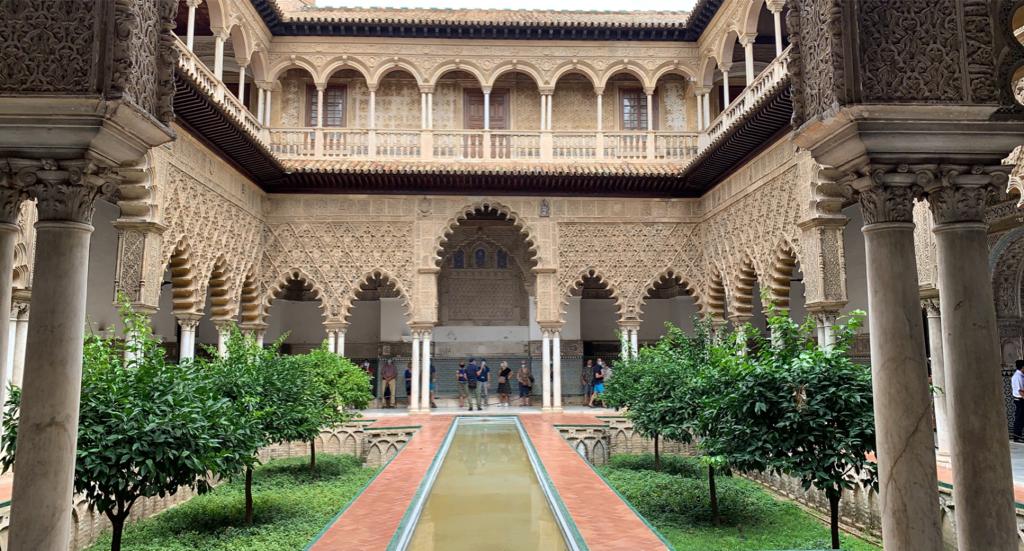
The building design consists of a large prayer hall built with recycled ancient Roman columns and is adorned with repeated geometry. The building was developed and extended over about two hundred years. The mihrab of the mosque is framed in an elegant arch with a simply beautiful combination of dark blue, reddish-brown, yellow, and gold calligraphy in Arabic.
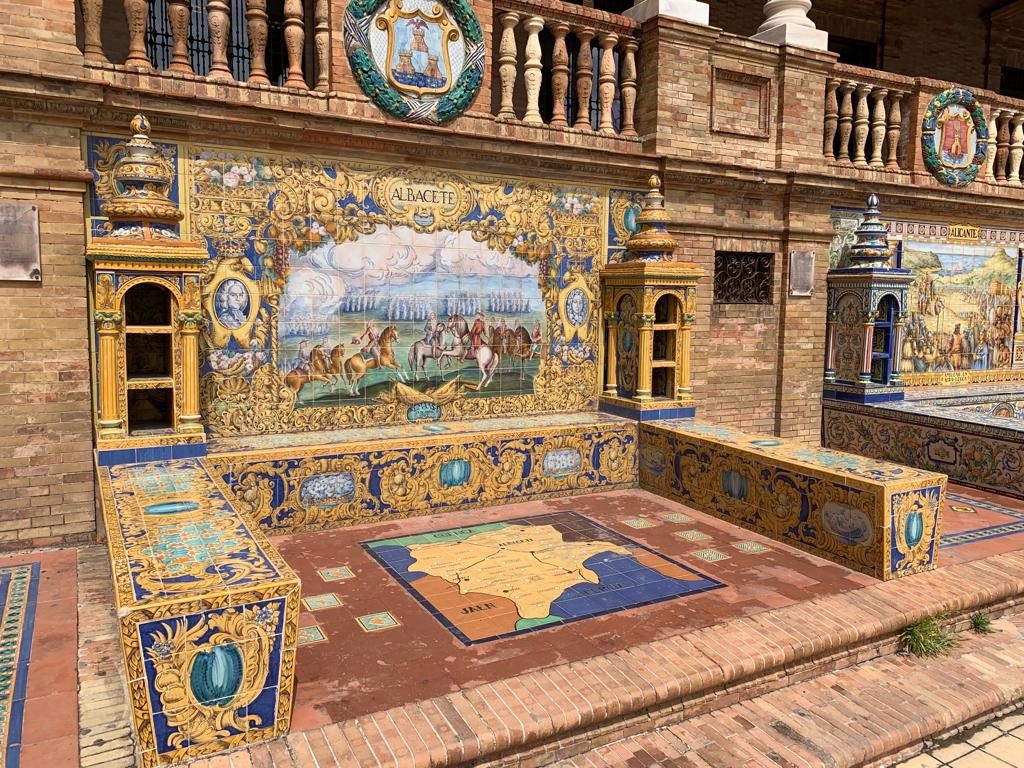
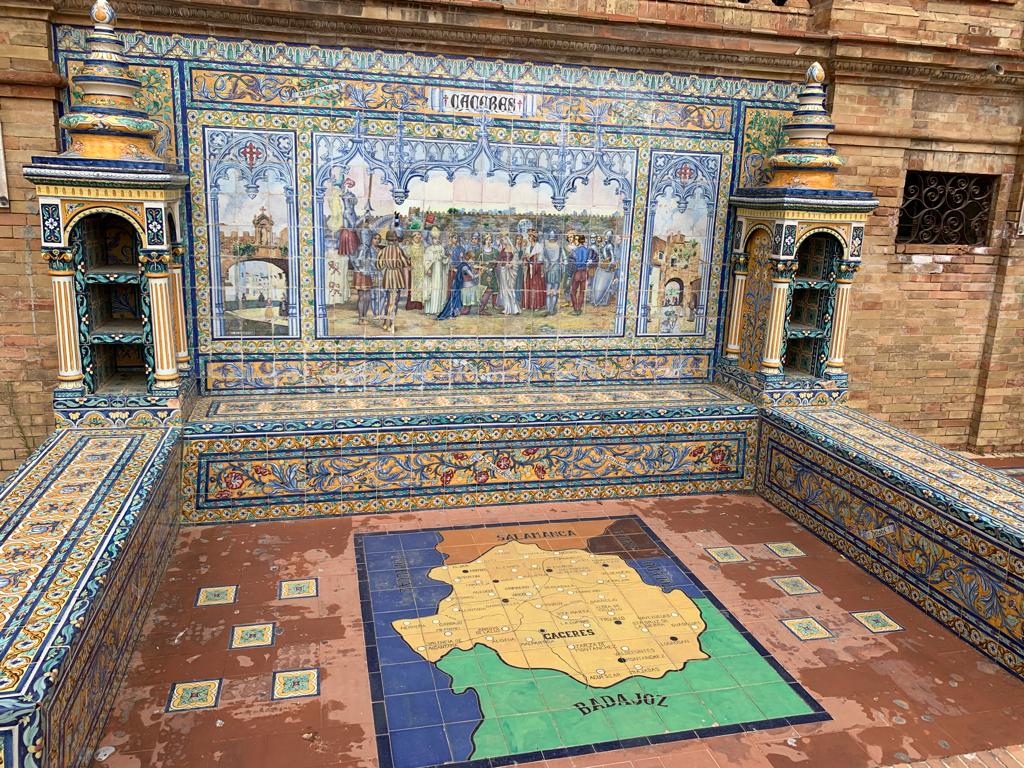
The amount of rich history the building encapsulates is phenomenal. Standing inside the building was surreal. I felt as if I was witnessing the shifts in history this building experienced. Known locally as Mezquita-Catedral de Córdoba, it today serves as an operating cathedral after it was converted into one in the 13th century. Sightseeing hours are dependent on the religious services such as the daily Mass.
After seeing this magnificent building, we visited nearby shops and ate at a halal Moroccan restaurant which was only a walking distance away. We found it slightly silly walking around the area whenever we saw the word “mezquita” (mosque in Spanish) on everything. “Mezquita” shops and “Mezquita” hotel made it seem like we were in an Islamic-themed resort. Next to such a historic building, the Islamic-themed resort feeling was a little superficial.
We next rented a car to drive to Seville (Sevilla in Spanish). We were able to rent an Airbnb that gave us views to the gardens of the Alcázar Réal or Royal Alcázar (Palace) of Seville. It was historically called Al Qasir Al-Mubarak, or the Blessed Palace. When we toured the palace, we were informed that the construction of the palace started in the 11th century under the Muslim Abbadid dynasty.
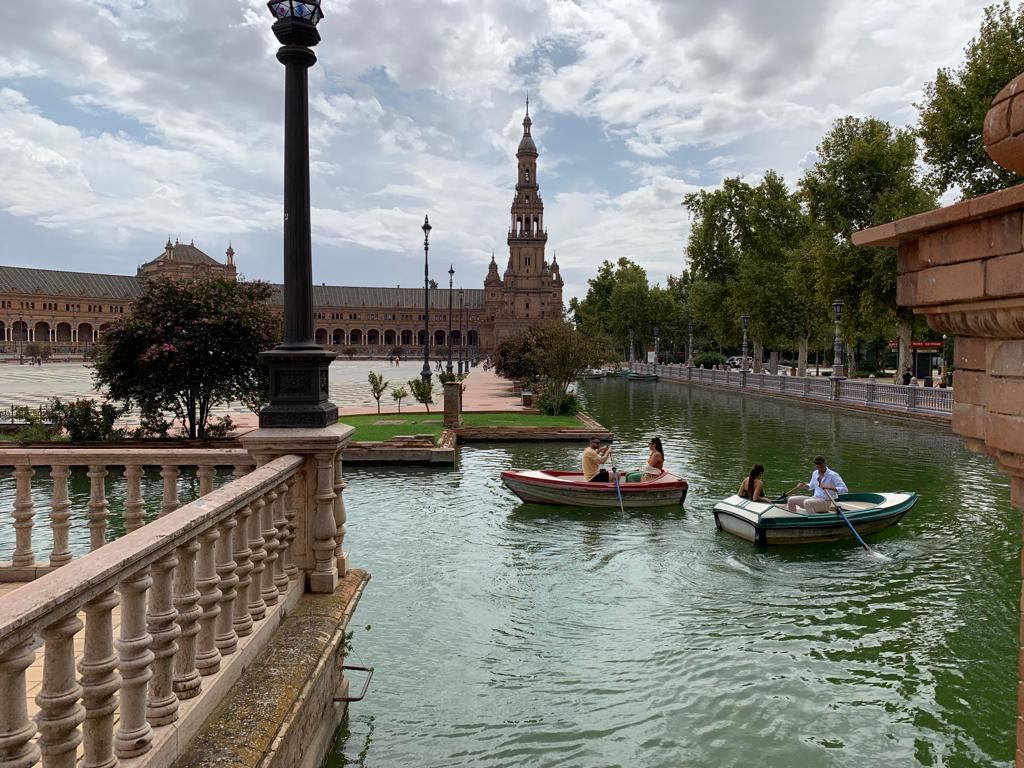
As we walked around the palace, it very much looked like a Muslim palace with Arabic writings everywhere. However, we were informed that for many of the chambers, the credit goes to the Muslim craftsmen of North African descent. They built these chambers for Christian King Pedro I of Castile, who was interested in Islamic culture. We were delighted to see many peacocks walking around the castle gardens as well.
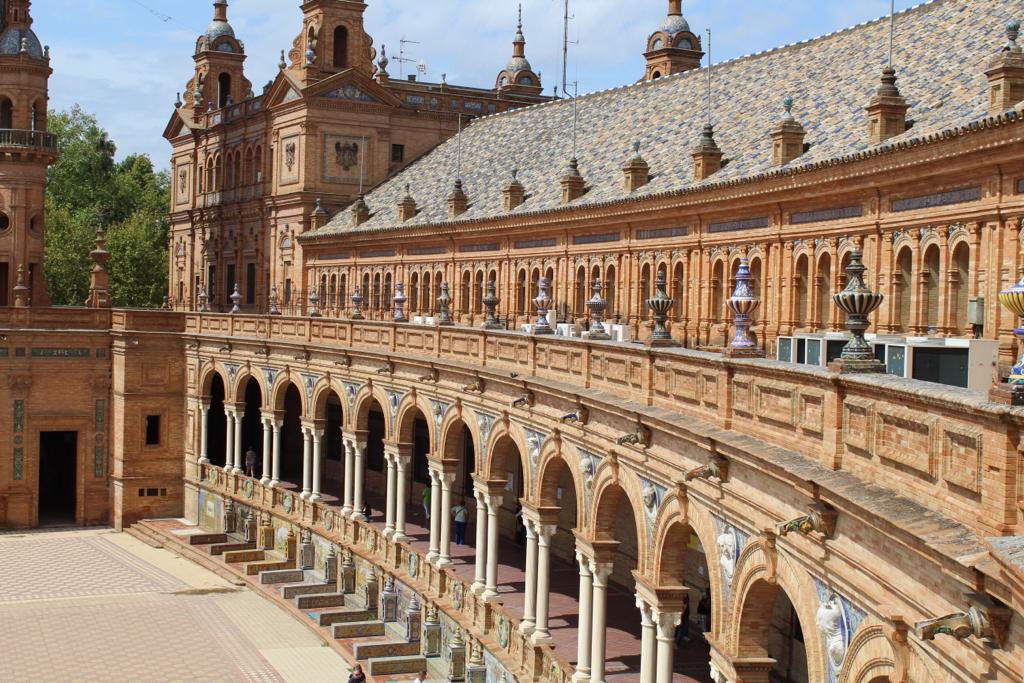
During our stay in Seville, we were also able to visit Plaza de España. Plaza de España is a semi-circular brick building with Renaissance/neo-Moorish design. There is a 500-meter canal crossed by four bridges in front of the building where we were able to row a boat in the canal, which is probably why the plaza is often referred to as the “the Venice of Seville”. There are also horse carriage rides available along with souvenirs on display around the plaza. Many tourists here did seem a little flustered and anxious due to the persistence of the numerous street vendors.
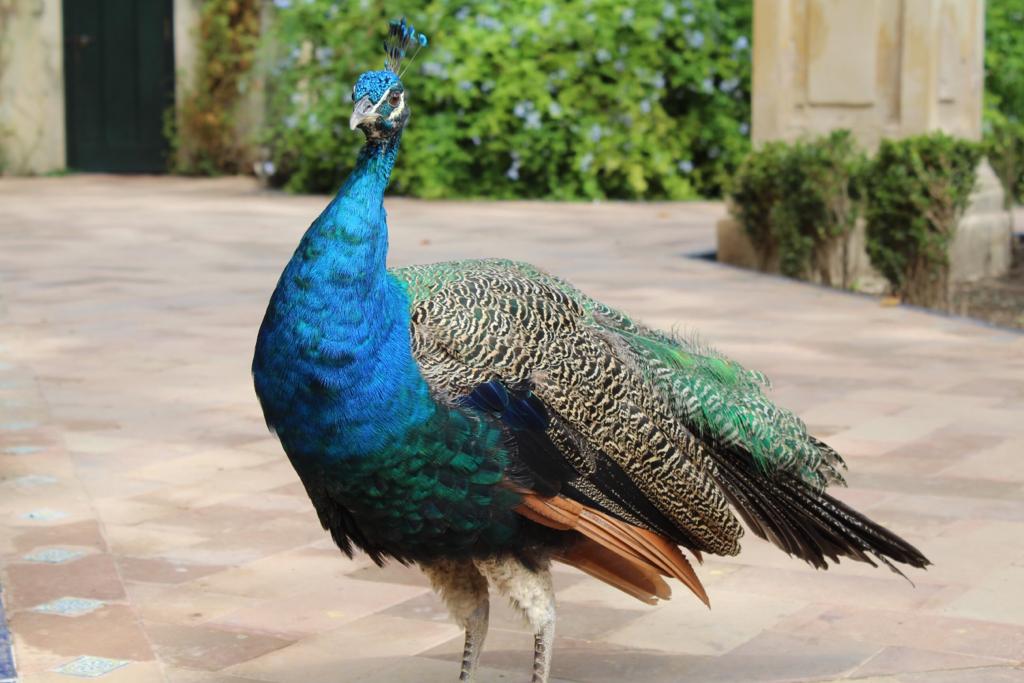
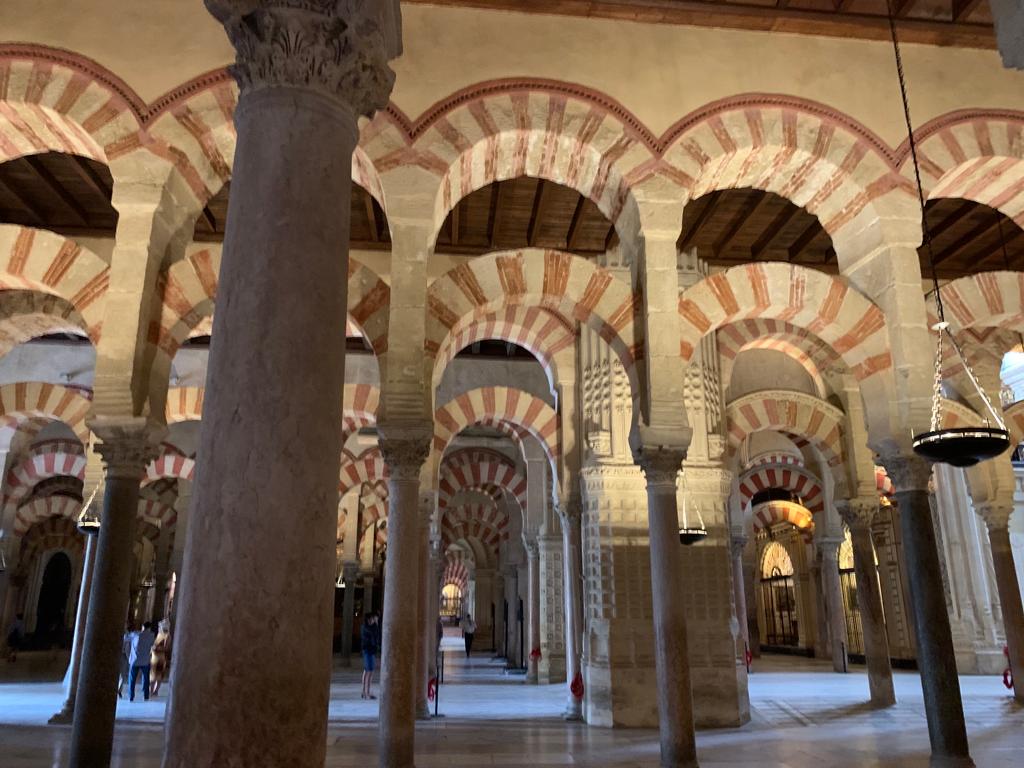
For me, the most special characteristic about the plaza was the area exhibiting 48 alcoves with benches to represent each province of Spain. Each one has a tableau and province map designed on colorful ceramic tiles. Spain actually has 50 provinces; however, when the plaza was built in 1928, the Canary Islands only had one province instead of two. Moreover, the province of Seville also does not have an alcove as it is featured in other murals around the building.
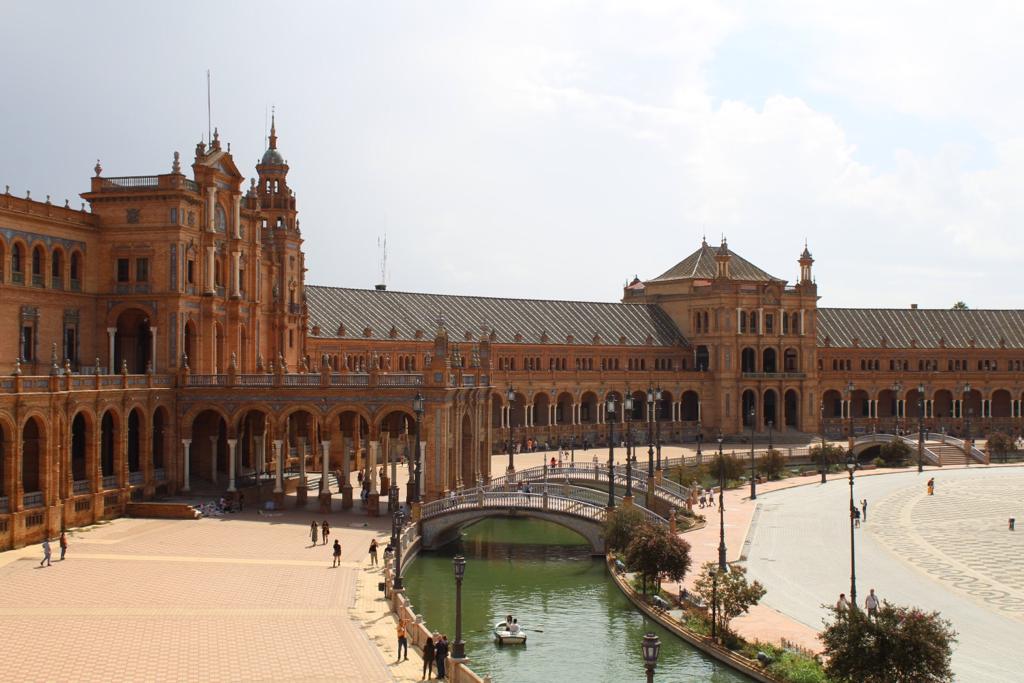
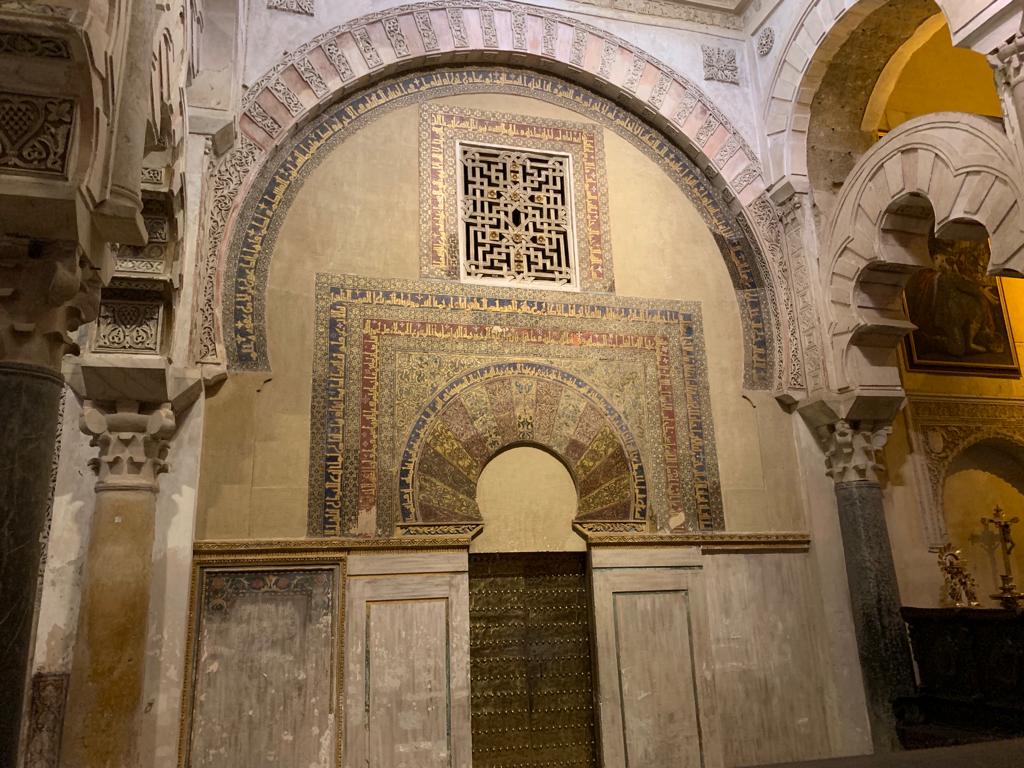
Seville was where I most realized that I was indeed in a very different country. To summarize it all, our stay in Seville was pleasant, and we enjoyed the small-town feel with everything being within a quick stroll. We finally began relying on Spanish to communicate at some local stores and restaurants. We also had to be mindful of the Spanish siesta. Most restaurants in Seville closed for the afternoon and early evening. Due to this, dinner time was usually nine or ten in the evening. This certainly reminded me of the late dinner times in Karachi. In fact, the trees and climate also reminded me of Karachi, and perhaps this feeling, along with a stay at an Airbnb apartment, added to the comforting feeling of familiarity while in Seville.
Next on our trip was Ronda, with its mountaintop landscape and beautiful cliffside views. The plan was to cover Ronda, Marbella, and Málaga in four days before we reach our final destination, the Alhambra of Granada.






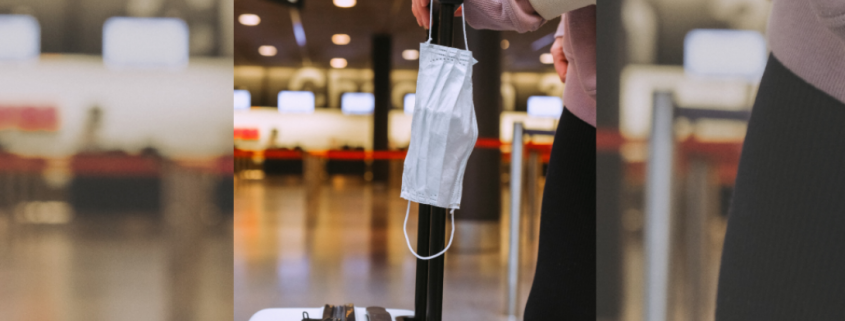
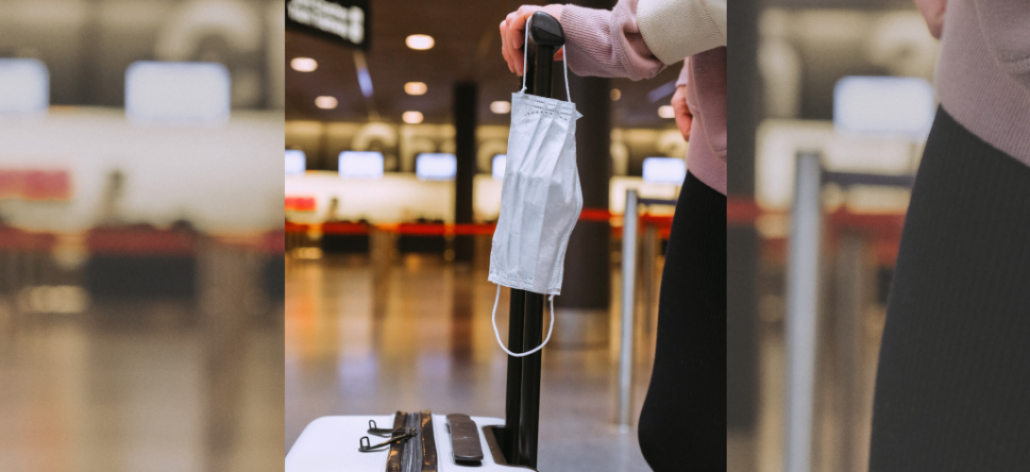

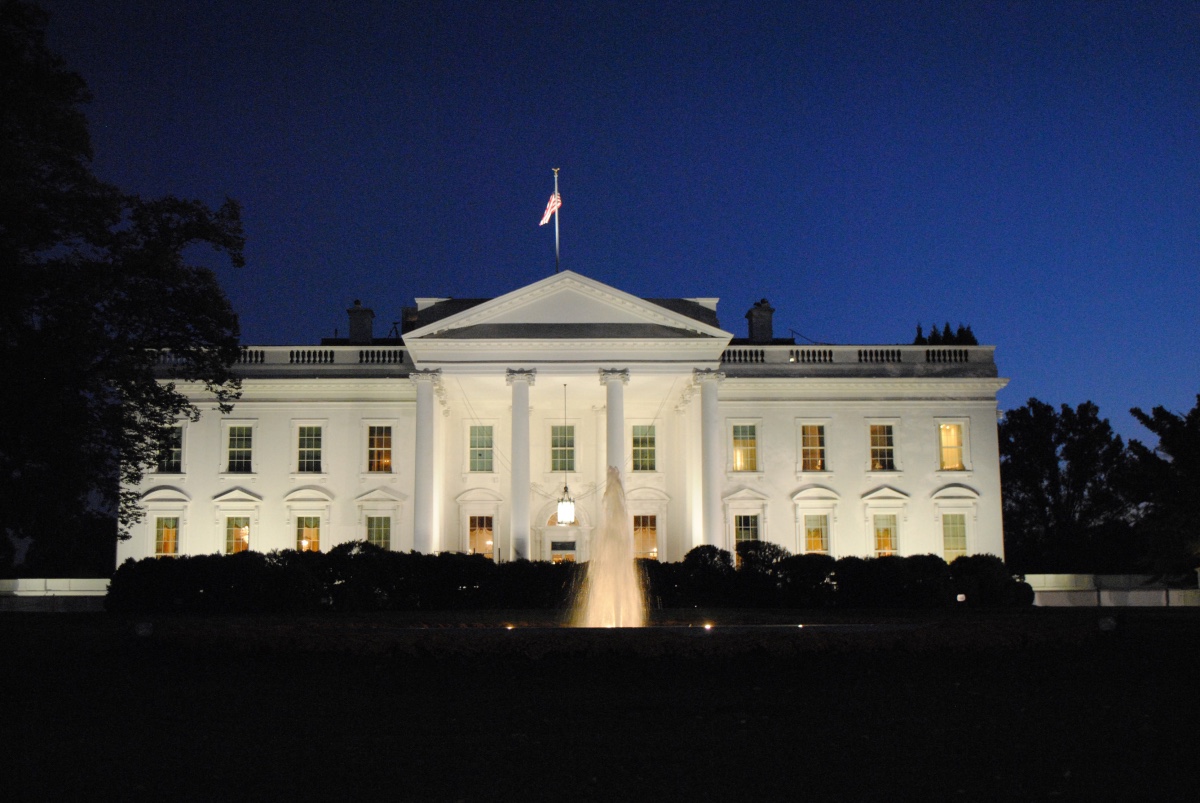
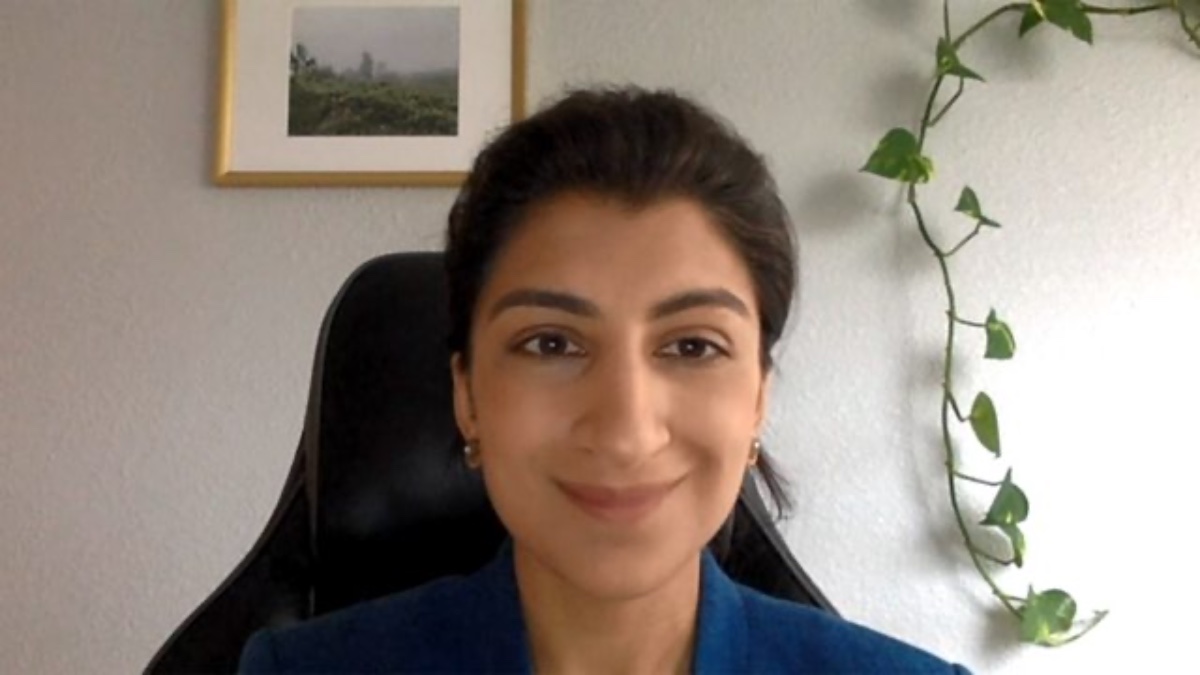

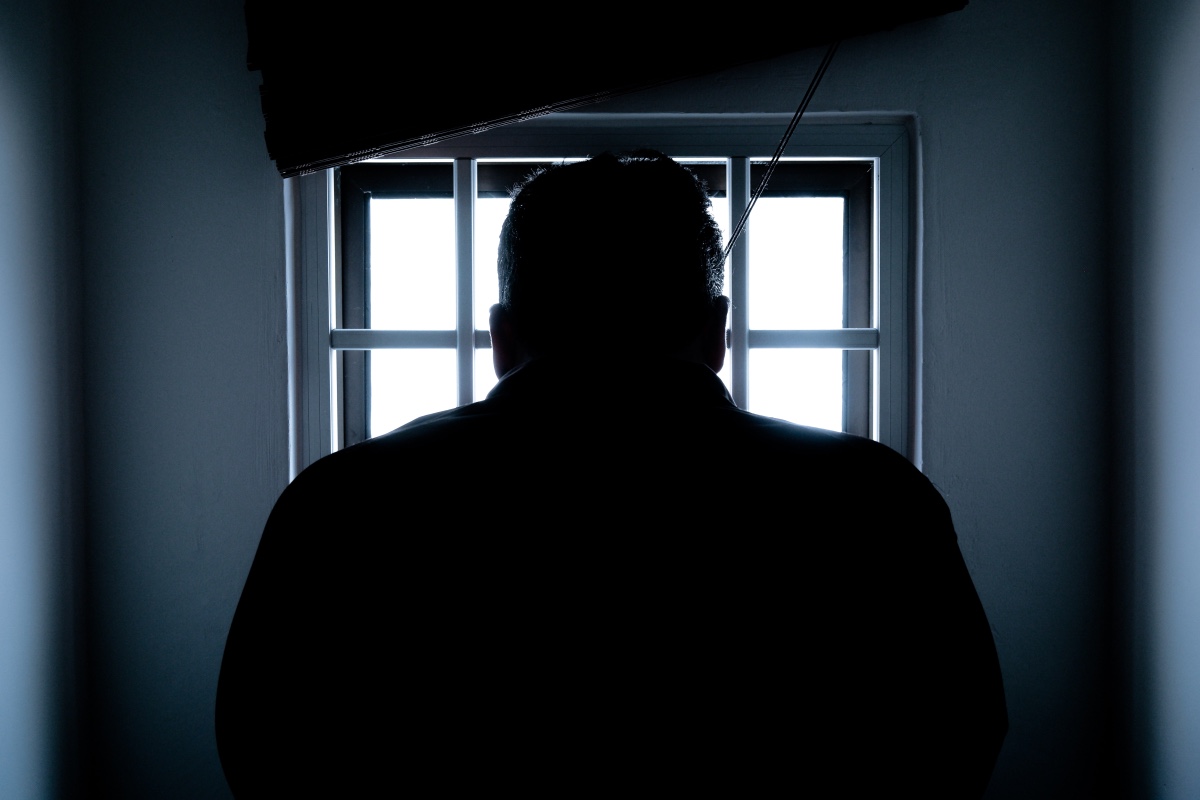

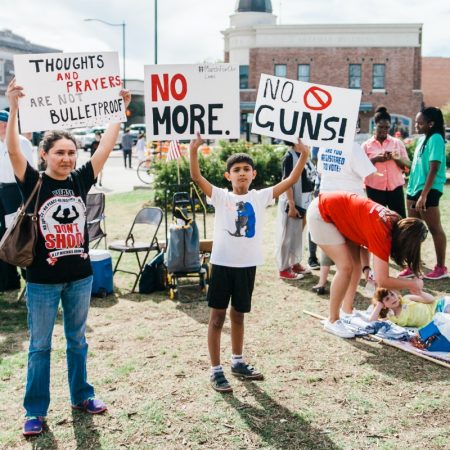






2022
1,419 views
views
0
comments